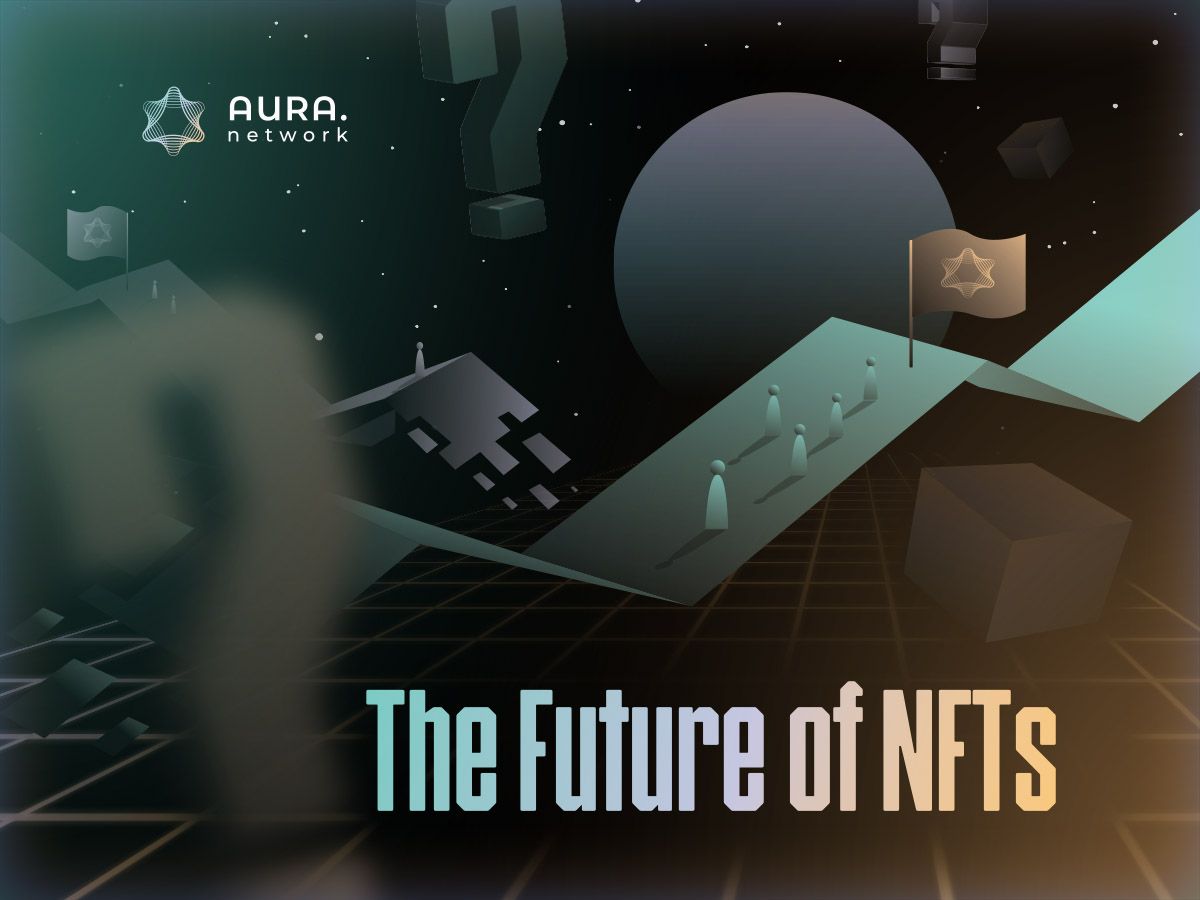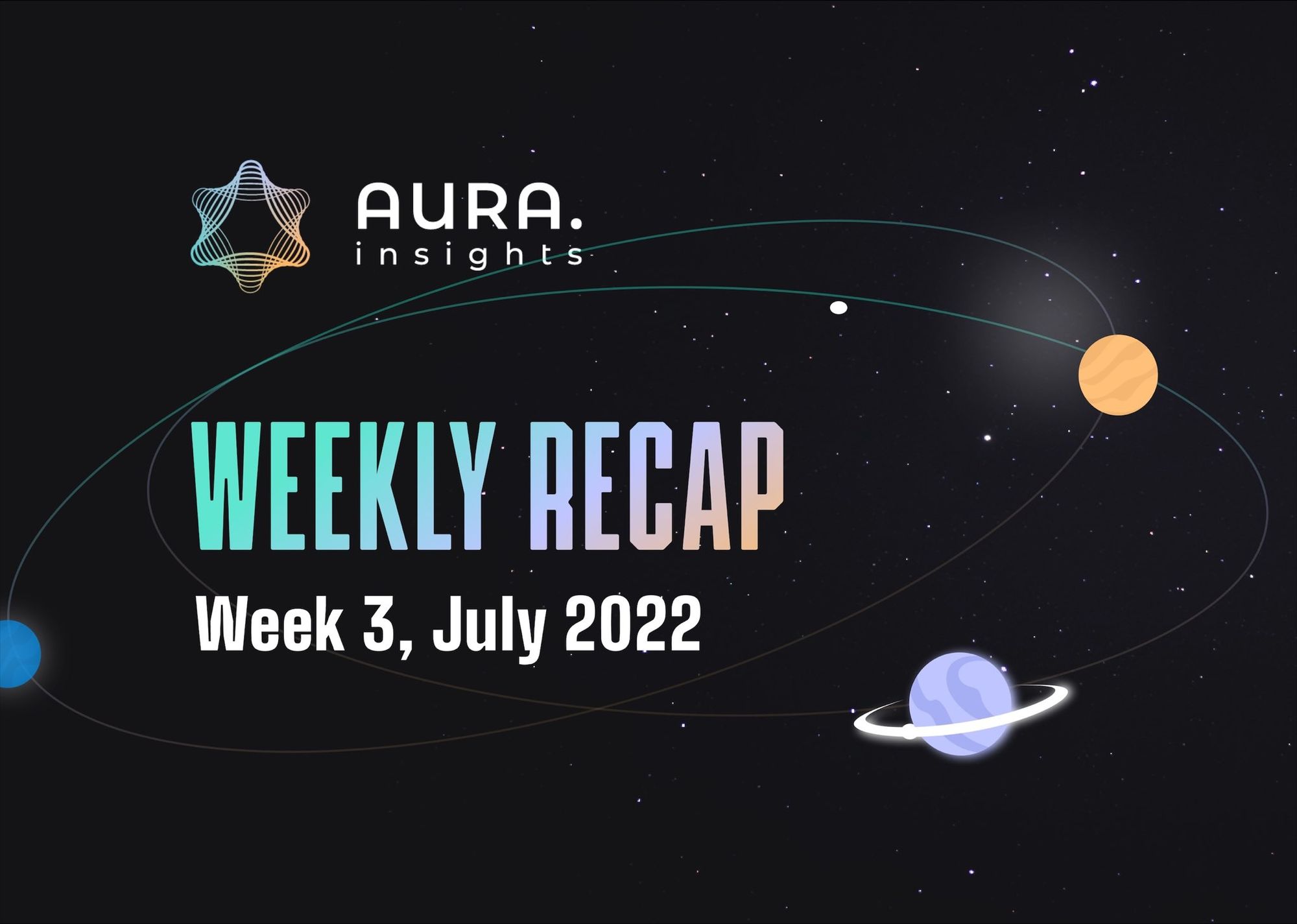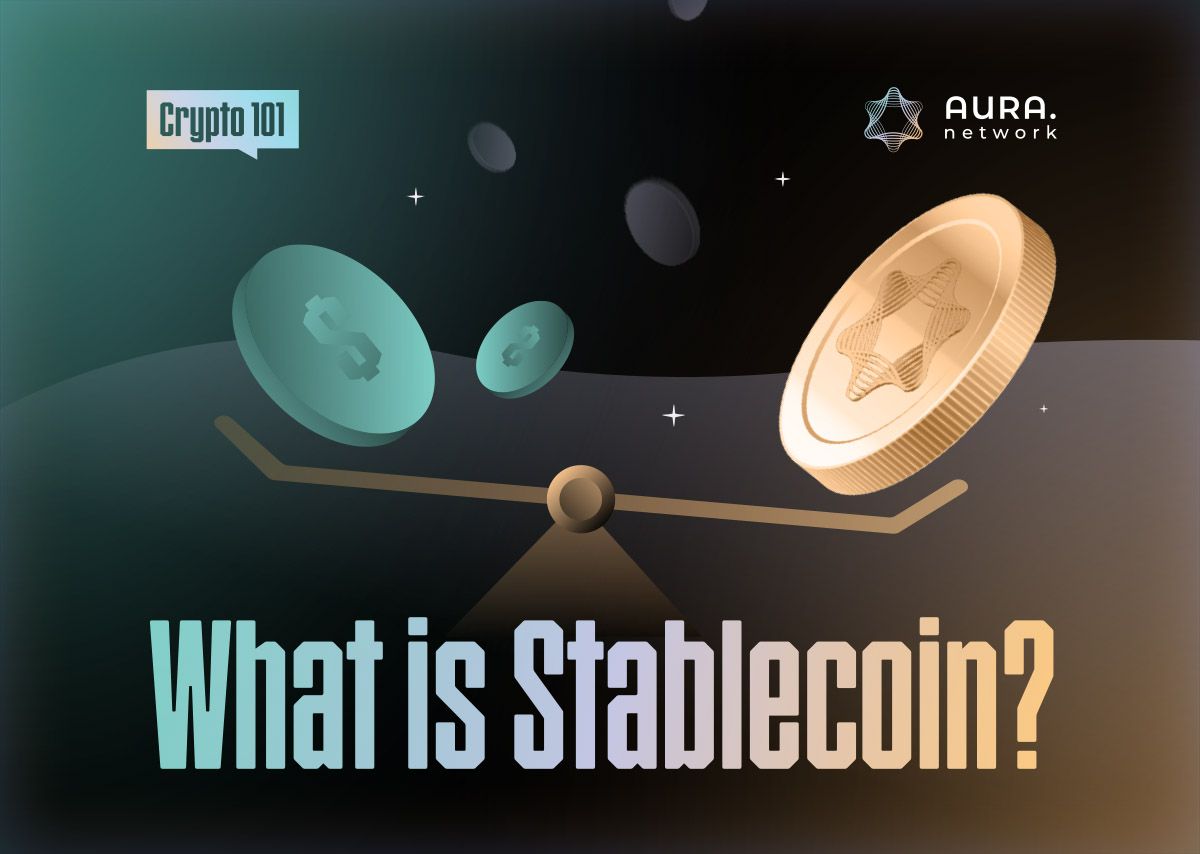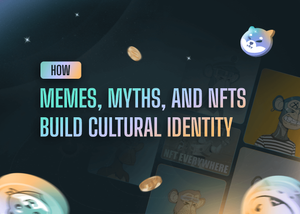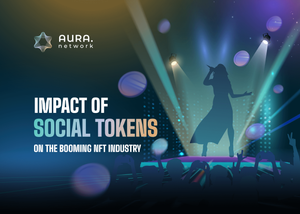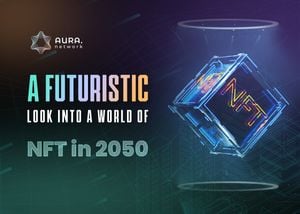Think of the Wild Wild West and the Califonia Goldrush; you will see a likely correlation with Non-Fungible Tokens (NFTs). Today when we think of NFTs, the first picture that comes to mind is that of a Twitter pfp of a Bored Ape. But just like Gold, the use cases of NFTs transcend Jpegs with their metadata stored on the blockchain. According to data analytics platform, DappRadar, more than 85,000 NFTs were traded in May, which amounts to a total trading value of $5.8 million in a single day. 2021 was the golden year for NFTs. CryptoPunk #7523 sold for $11,754,000, Beeple's "Human One" sold for $28,985,000, and Pak's NFT drop "Merge" sold for $11,754,000, establishing the record for the highest sale by a living artist. There are currently upwards of 40,000 art NFT customers per month, generating upwards of $20 million in sales per week. So with figures showing NFTs as a growing culture, what future do we see with NFTs as we edge closer to transitioning into a fully digital society and the Metaverse? This article explores the future potential of non-fungible tokens (NFTs) and the obstacles inhibiting adoption.
NFT and the future
The first introduction of NFTs was an experiment that birthed CryptoPunks in 2017 by Canadian software developer John Watkinson. John and his partners created 10,000 simple pixel faces, each with unique traits using cryptographic signatures that cannot be duplicated. This was a big deal because it was the first time people could own and prove digital asset ownership online. The CryptoPunks were followed by other digital art collectables like the CryptoKitties - a blockchain-based game where users could breed, buy and sell digital cats. You could prove that your cat was yours in and out of the game. Since then, more NFTs have sprung up with Bored Ape Yacht Club, Meetbits, Doodles, Azuki, Etc. But what does the future of NFTs look like?
Hybrid NFTs: NFTs have already opened up a doorway that allowed artists to mint an NFT of their artwork and earn a share of the sales price in the form of royalties for every future sale of the NFT. However, artists can now move further to collaborate with Collections to create a Hybrid artwork. For instance, Bored Ape Yacht club, a collection of 10,000 Apes collaborating with artists, Sabets to create a hybrid artwork for a gluten-free Vodka company, Trust Me Vodka Organic. With Hybrid NFTs, artists get to help companies tap into NFTs and create in real life (IRL) utility with NFTs as users get a bottle of Vodka for every NFT purchased, and artists earn royalties. In the future, more companies may want to unleash IRL, and hybrid NFTs may just be the way to go.
Events and ticketing: Media entrepreneur Gary Vee was one of the first people to unlock NFT Ticketing, introducing NFT tickets for his Vee and Friends event. Music festival Coachella has since followed suit, enabling users to get an experience of a festival and access to NFTs that can be sold for profit. In the future, artists and event organizers can distribute NFT tickets to participants instead of issuing physically printed ticket stubs. So now, the audience can save their tickets in their digital wallets and sell them on secondary marketplaces, making distribution faster and less expensive.
NFTs for charity: The perceived value of NFTs makes them an effective tool for raising funds for non-profit organizations. Although most NFTs started as giveaways, for instance, CryptoPunks, celebrities have joined in the good. For example, a food aid organization founded by Chef José Andrés, Ellen Degeneres donated $33,495 to the World Central Kitchen by auctioning NFTs.
More to come from the Metaverse: The average person spends at least 7 hours online daily. With the emergence of the Metaverse and a gradual transition toward a fully digital society, there's bound to be an increase in the average time spent in the digital space. As more individuals turn to the virtual world, we will value things differently. There are digital assets in the metaverse, and people will learn to value them. Digital items, like a person's car, home, or the clothes on their back, will have a life of their own. Platforms such s Decentraland and Sandbox are already enabling people to build virtual worlds or even hold concerts in the Metaverse, as rapper Snoop Dogg has started.
Fractional NFTs for Lending and Borrowing: One of the biggest challenges facing the NFT industry is liquidity. Since NFTs are not like their fungible counterparts, cryptos, it is difficult to buy and sell them quickly as their floor price can be incredibly high for retail buyers. Hence, introducing fractionalization, or partial ownership, enables fans or collectors to get a sare of an NFT. For instance, a Bored Ape can be split into a fraction of, say, 200 pieces and enable 200 people to own a portion of the NFT and create more liquidity in the NFT market. It will also increase lending and borrowing possibilities within the market as users can easily trade their fractions.
NFT and AI: The next revolution will be merging NFTs and AI. We'll witness AI-generated NFTs, in which the program examines many works by well-known artists before running hundreds of thousands of rounds of complicated computing to identify the artists' patterns and processes. As a result, you'll have a one-of-a-kind painting. The second method AI and NFTs, will interface through iNFTs, which are NFTs with an AI personality with whom you can interact, learn stuff and alter their personalities, and who exist on the blockchain. These NFTs can also be used to identify and authenticate goods and services within various industries.
Conclusion
As the adoption of NFTs increases with the proliferation of several use cases, the media and users' attention will naturally move from the six- and seven-figure primary sales numbers toward producing real value by integrating meaningful utility into NFTs. Users will focus on building clever, strategic collections of NFTs (rather than one-off drops) that increase in value over time as the functionality of the NFTs acquired becomes more apparent to fans. NFTs and blockchain technology are changing people's lives in the same way as the internet. NFT technology is far too compelling to reject, especially in light of where the human society is headed—digitization. NFTs have opened up a whole new world of invention and innovation, which isn't just restricted to games and art. But for NFTs to reach their full potential, the industry must continue to welcome new players, educate artists and collectors on how to get started, keep iterating and improving on the underlying technology to make it more user-friendly, and, most importantly, never lose sight of the mission of connecting great art with those who will truly appreciate it.



